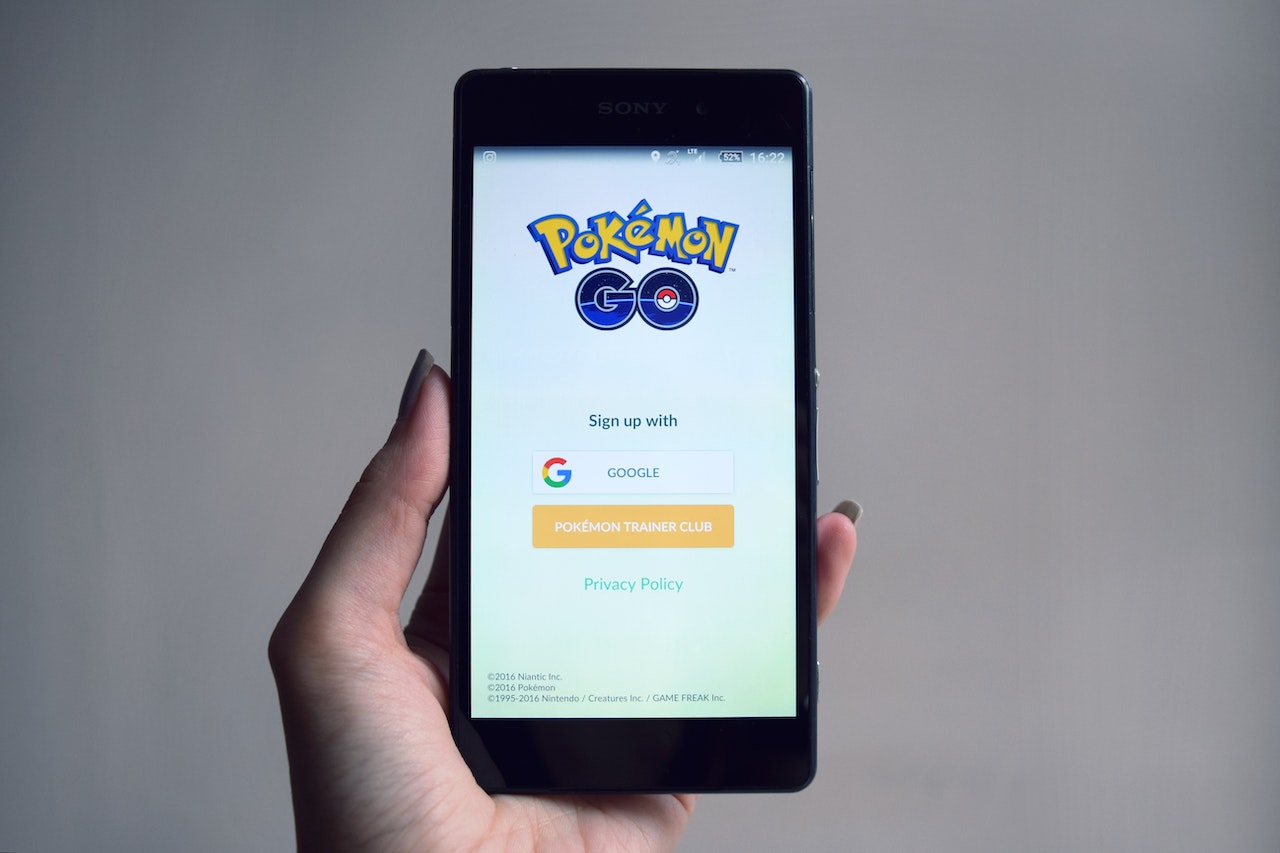Is Pokemon Go Coming to an End?
When Pokemon Go was launched in 2016, it quickly became a global sensation, breaking records by generating $207 million in revenue in its first month alone. The game’s initial popularity was due in part to its unique features, which combined augmented reality technology with the beloved Pokemon franchise. Players could explore the real world and catch Pokemon through their smartphones, creating a new and exciting gaming experience. The game quickly became a cultural phenomenon, with people of all ages and backgrounds joining in on the fun.
One of the reasons Pokemon Go was so successful was its appeal to a wide range of individuals. The game’s social aspect encouraged players to connect with others and explore their communities. Additionally, the game’s focus on physical activity and exploration aligned with the developer’s mission of “exploration, exercise, and social interaction”.
However, over the last few months, the Pokémon Go universe has been plagued with controversies and discontent, leading to mounting concern amongst its global community. Has the golden era of Pokémon Go reached its twilight, or is this merely a bump in the road for Niantic, the game’s developer?
Signs of Decline in Pokemon Go’s Popularity
Pokemon Go, the once-popular augmented reality game, is showing signs of decline in its popularity. One of the main reasons for this is the decrease in active users due to bugs and controversial decisions made by the game’s developer, Niantic. The game has, in the last few months, been plagued with bugs, and the community has been vocal about their frustration with them.
This lack of care from Niantic is evident in their recent release of Peridot, a new location-based game that reportedly drains battery and heats up the phone. In addition, many Peridot players have raised concerns over the $5 paywall for breeding new Peridots – a basic function of the game.
It seems that Niantic is focusing more on their new game than on improving Pokemon Go, which could ultimately lead to the game’s downfall.
A Downward Spiral
One of the most significant controversies centred on the nerfing of remote raids. This popular feature that was implemented during Covid, which allowed players to participate in raids from the comfort of their homes, underwent a significant change.
In a move that sent shockwaves through the Pokémon Go community, Niantic increased the prices of remote raid passes and imposed a strict limit of five per day.
This decision drew the ire of the Pokémon Go community, leading to the #HearUsNiantic movement on Twitter. The outcry was evident: players felt that Niantic was disregarding their voices and prioritizing profit over the game’s essence. Unfortunately, Niantic’s silence in response to the campaign has only exacerbated the situation, further alienating its devoted fanbase.
The ramifications of this controversy have been significant. For the first time since the pre-Covid era, Pokémon Go’s revenue took a hit, as detailed in an article by Kotaku. It seems the community’s dissatisfaction has had tangible economic consequences for Niantic, although they claim this is not the case. In addition, many players find it ironic that Niantic responded to this fact within 24 hours while they have yet to acknowledge their fanbase and their concerns for the past months.
Further fueling the discontent is the recent release of the Pokémon, Larvesta. This coveted Pokémon has a hatch rate of less than 1% – a statistic that has left many players frustrated and disillusioned. Especially considering it takes 400 candies to evolve it.
Many trainers have remarked that the odds of hatching a Larvesta are so astronomically low that they are comparable to the chances of winning at an international casino site, like those found on this website. This comparison has sparked a debate about the ethical implications of such practices, with critics arguing that egg hatching in Pokémon Go essentially constitutes gambling.
The most recent controversy reached a fever pitch with the recent Battle Day debacle. For the first time ever, the players needed to pay to get the special research for Battle Day, which previously had been free and contained better rewards. Once the day started, trainers were required to participate in 100 battles in the Go Battle League within 24 hours as part of a paid research initiative. The sheer volume of battles, coupled with the limited timeframe, left many trainers feeling overwhelmed and frustrated. Even worse was the fact that many players failed to claim the paid rewards if they quit one of the battles and thus wouldn’t be able to complete 100 battles. Instead of an enjoyable challenge, the event felt like a gruelling and poorly thought-out task.
Is this the end of Pokemon Go?
These series of missteps by Niantic have left the Pokémon Go community in a state of disillusionment, with many questioning the future of the game. Is Pokémon Go on a downward spiral, or is there still hope for this beloved augmented reality game?
While there is certainly cause for concern, it’s crucial to remember the resilient nature of the Pokémon Go community. The game has weathered controversies in the past and bounced back, thanks to the unwavering support of its dedicated fanbase.
However, the onus is on Niantic to rectify these issues and restore faith among its players. They need to demonstrate that they value their community’s feedback and are willing to make necessary adjustments. Only time will tell if they can successfully navigate this challenging phase.

